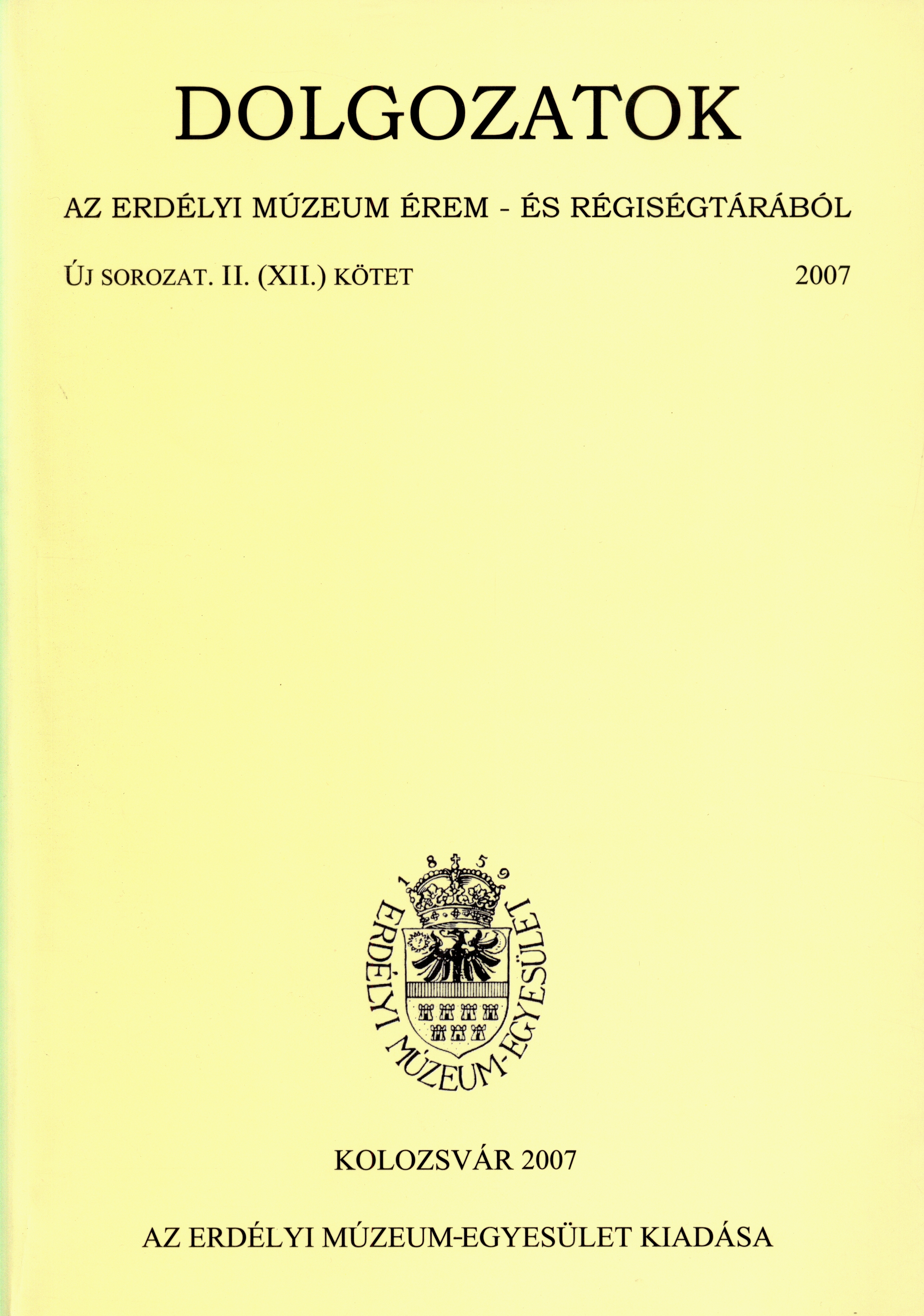Báró Wesselényi Kata református gyülekezeteknek adományozott textíliáiról
The Textiles of Baroness Kata Wesselényi Donated to Calvinist Churches
Author(s): Iringó HorváthSubject(s): Cultural history, Social history, 16th Century, 17th Century, 18th Century
Published by: Erdélyi Múzeum-Egyesület
Keywords: textiles; Baroness Kata Wesselényi; decorative arts; Reformed Church of Transylvania; liturgy
Summary/Abstract: The textiles of different ecclesiastical collections during the last century had a hard destiny. Though they are important examples of the decorative arts from the 16th and 18th centuries they were kept in poor conditions and represented no interests in art historical studies or researches in Transylvania. During the year 2005 I had the opportunity to examine in details some textiles donated to the Calvinist congregation of Sáromberke (Dumbrăvioara) by Baroness Kata Wesselényi. They were used during the liturgy in order to cover the communion table and the other objects. Most of them were designed and prepared in a masterly manner and even now the remained pieces - 11 in total - are in good conditions. This raised my interest for a deeper research, which is presented in this study. During my investigations - studying a narrowly existing bibliography - I found 29 embroideries donated by the same person to the Calvinist congregations of Erdőszentgyörgy (Sângeorgiu de Pădure), Hagymásbodon (Budiu Mic), Kibéd (Chibed), Marosvásárhely (Târgu-Mureş), Uzdiszentpéter (Sânpetru de Câmpie). These textiles were mostly made of linen and cotton, only in one case was used silk. For embroidered parts they used white, coloured silk and metallic threads. The majority of motifs indicate the second part of the 18th century but sometimes they remind us of older - renaissance - patterns. The floral ornaments are dominant - pomegranates, tulips, roses, etc. - but one can meet also figurative elements like the mermaid and the swan. These last two are representations of the coat-of-arms of the Wesselényi and Rhédei families. The most frequently used structures of patterns are the accentuated motifs in the corners or grouped in a band on the margins. The identification of these textiles represented an easy task because all of them have at least one inscription with the name of the donator and the years of her donating acts (between 1755 and 1776).
Journal: Dolgozatok az Erdélyi Múzeum Érem- és Régiségtárából. Új sorozat
- Issue Year: 2007
- Issue No: II
- Page Range: 201-215
- Page Count: 15
- Language: Hungarian

